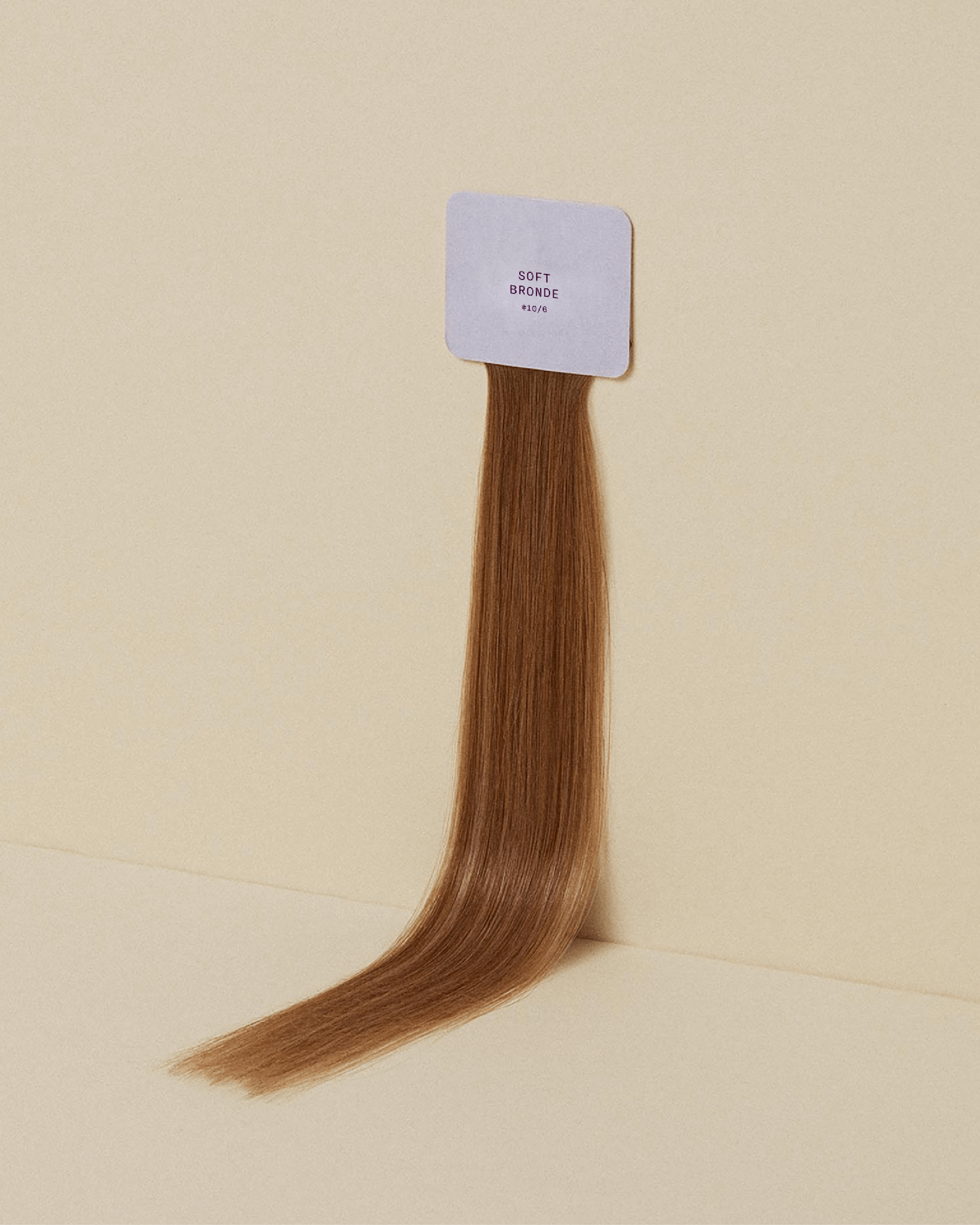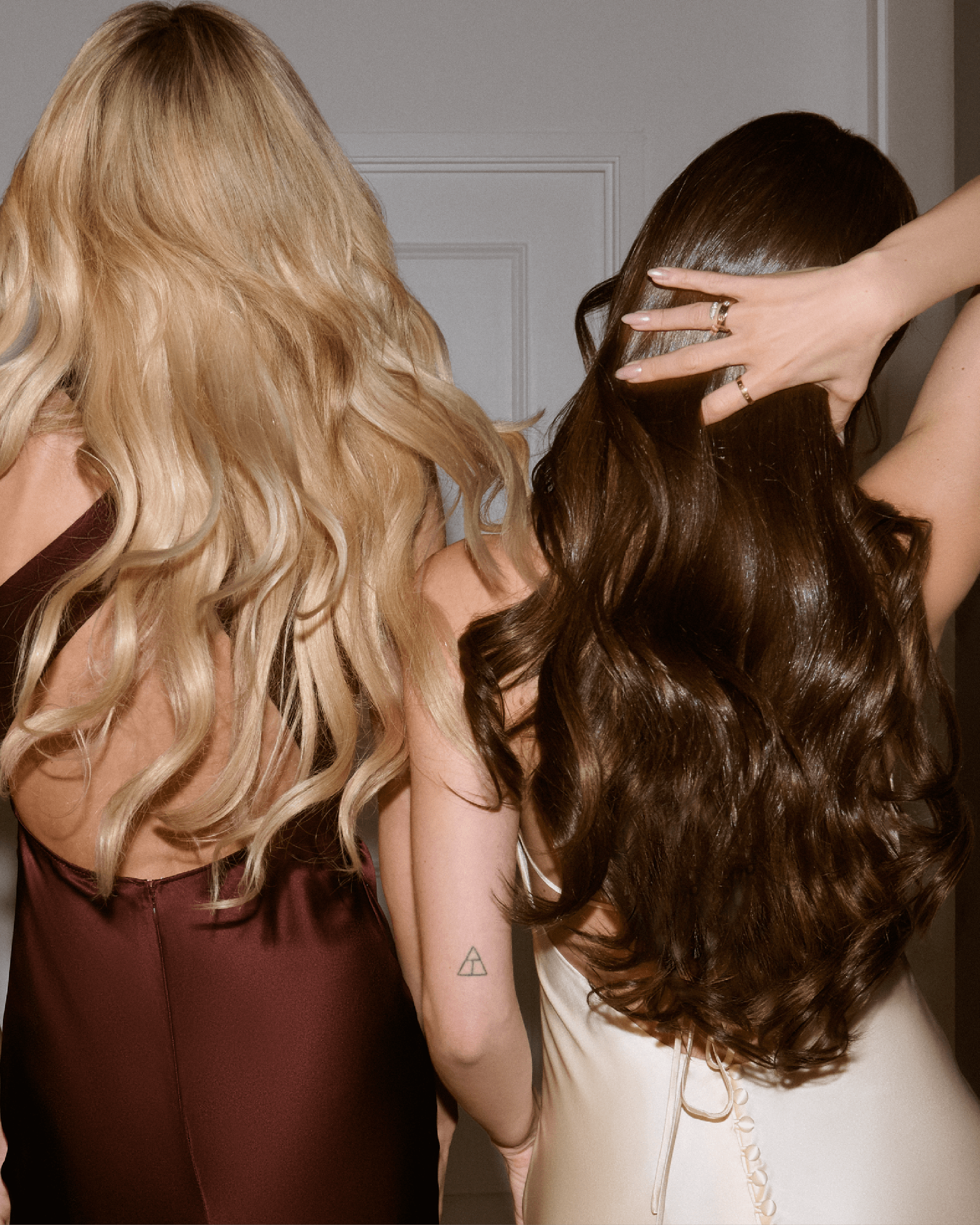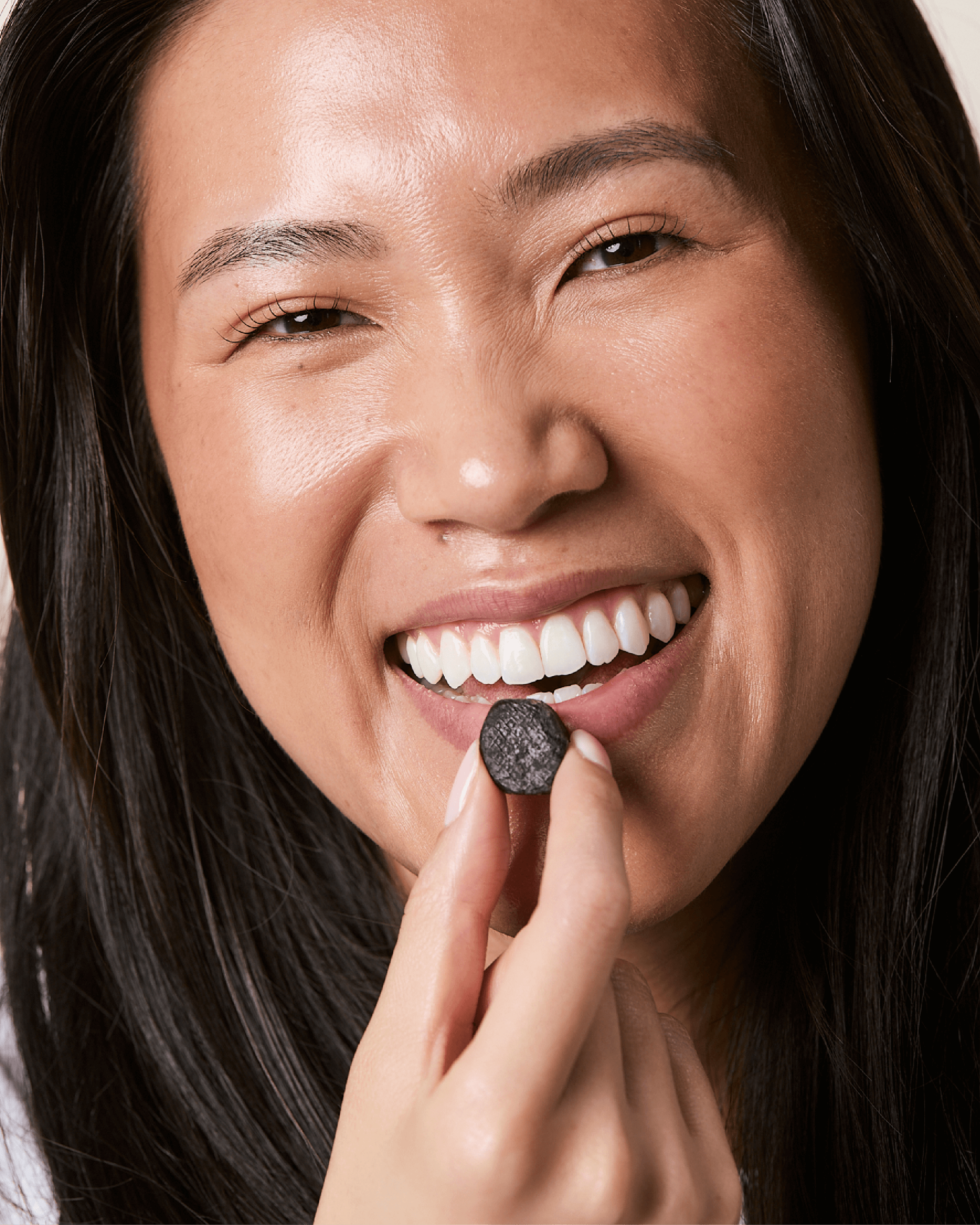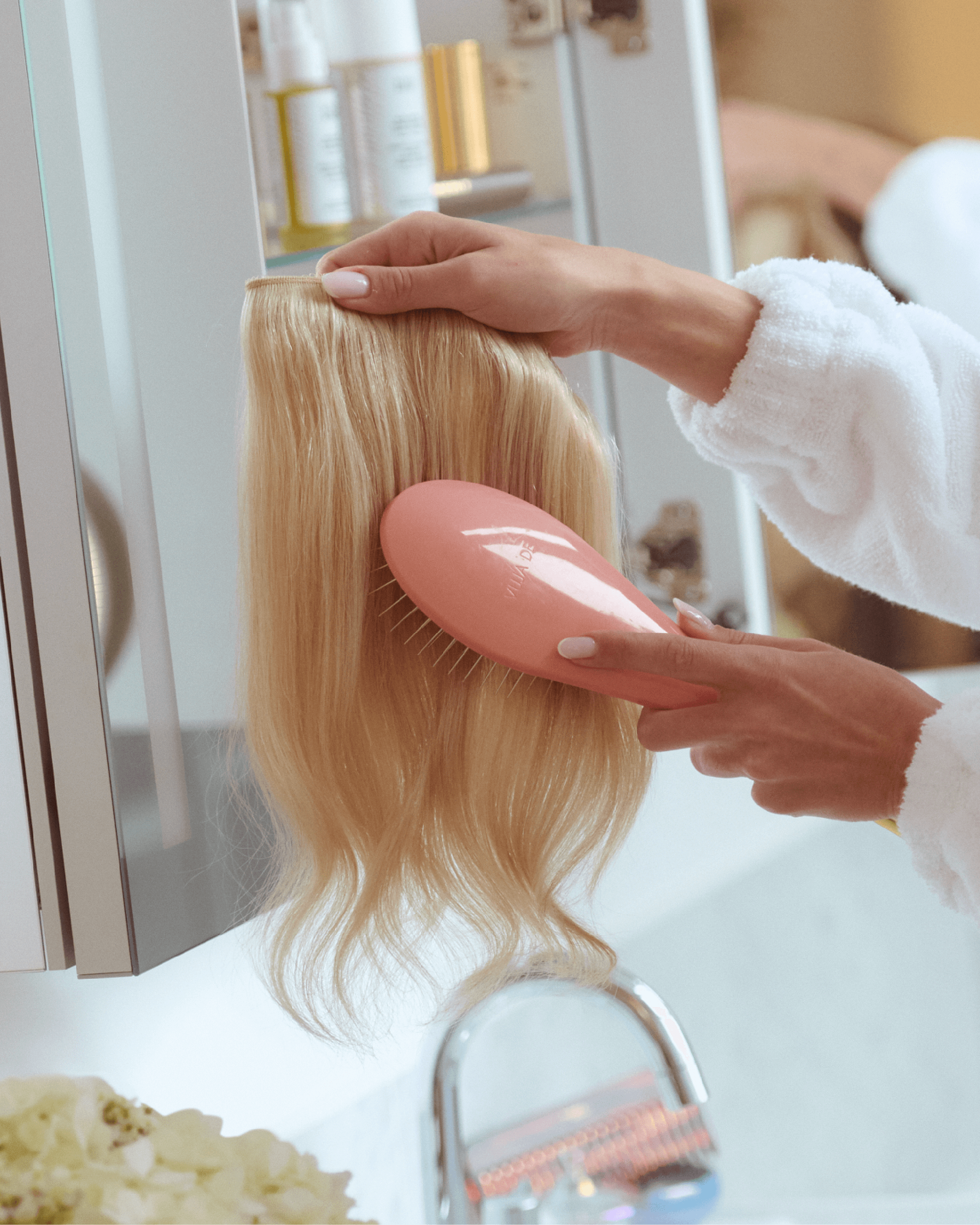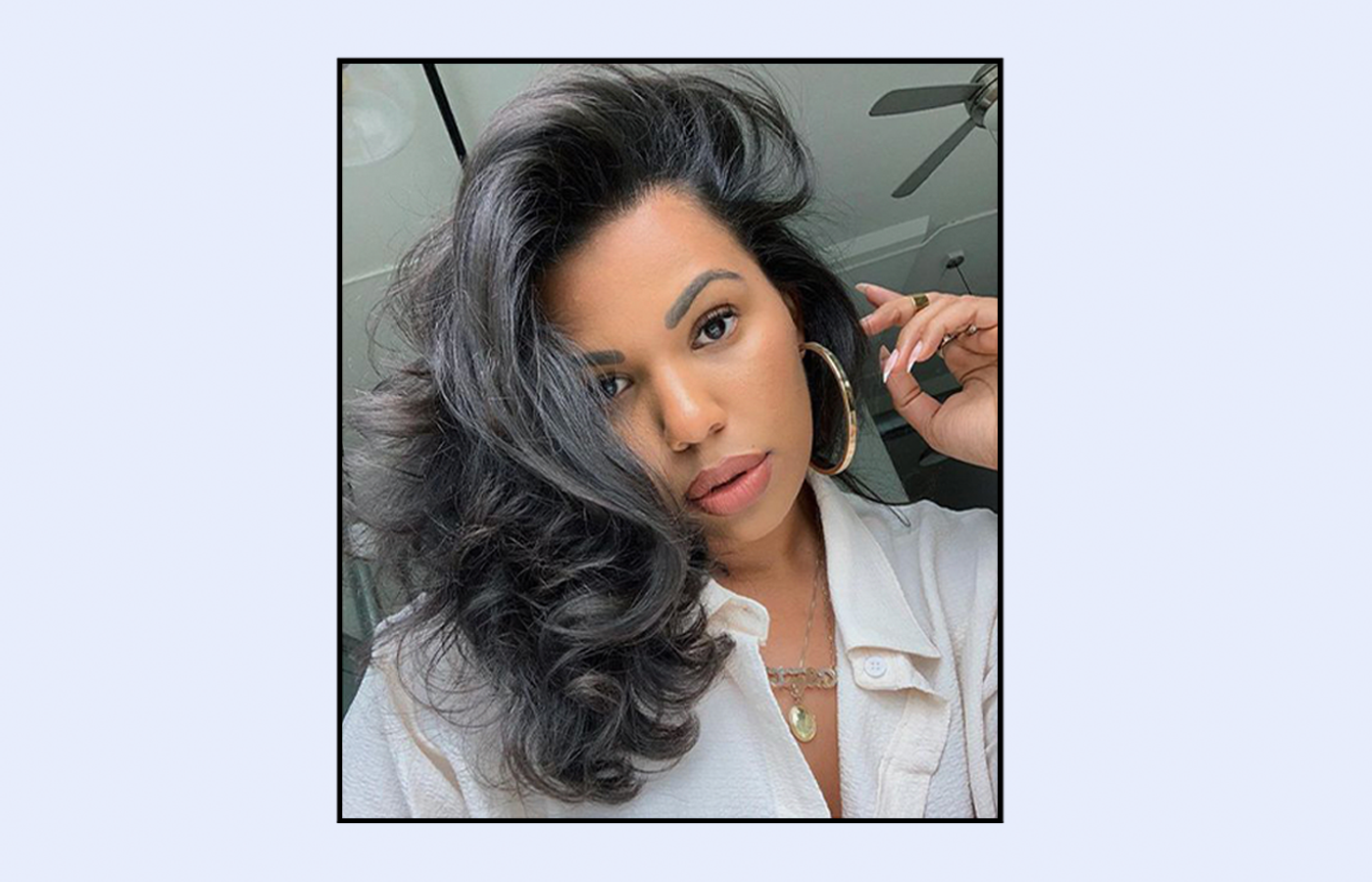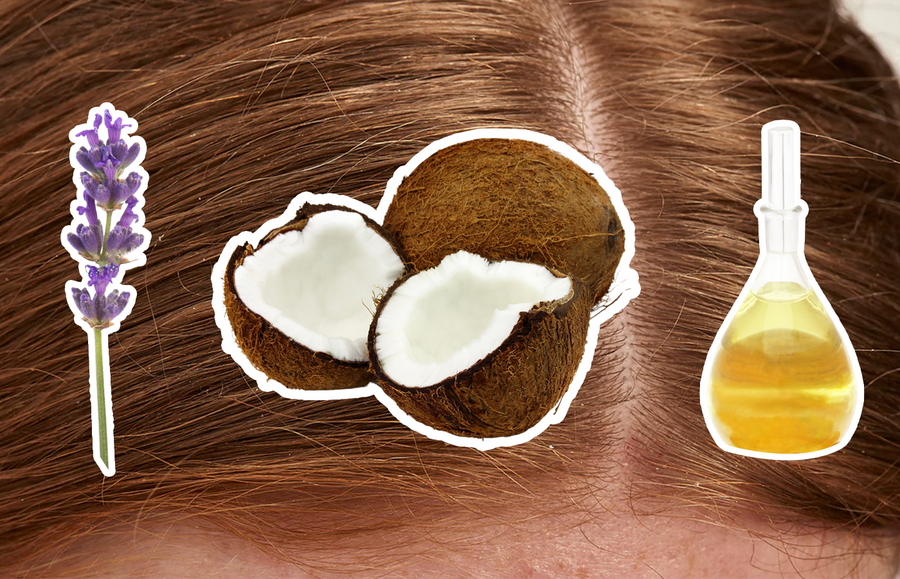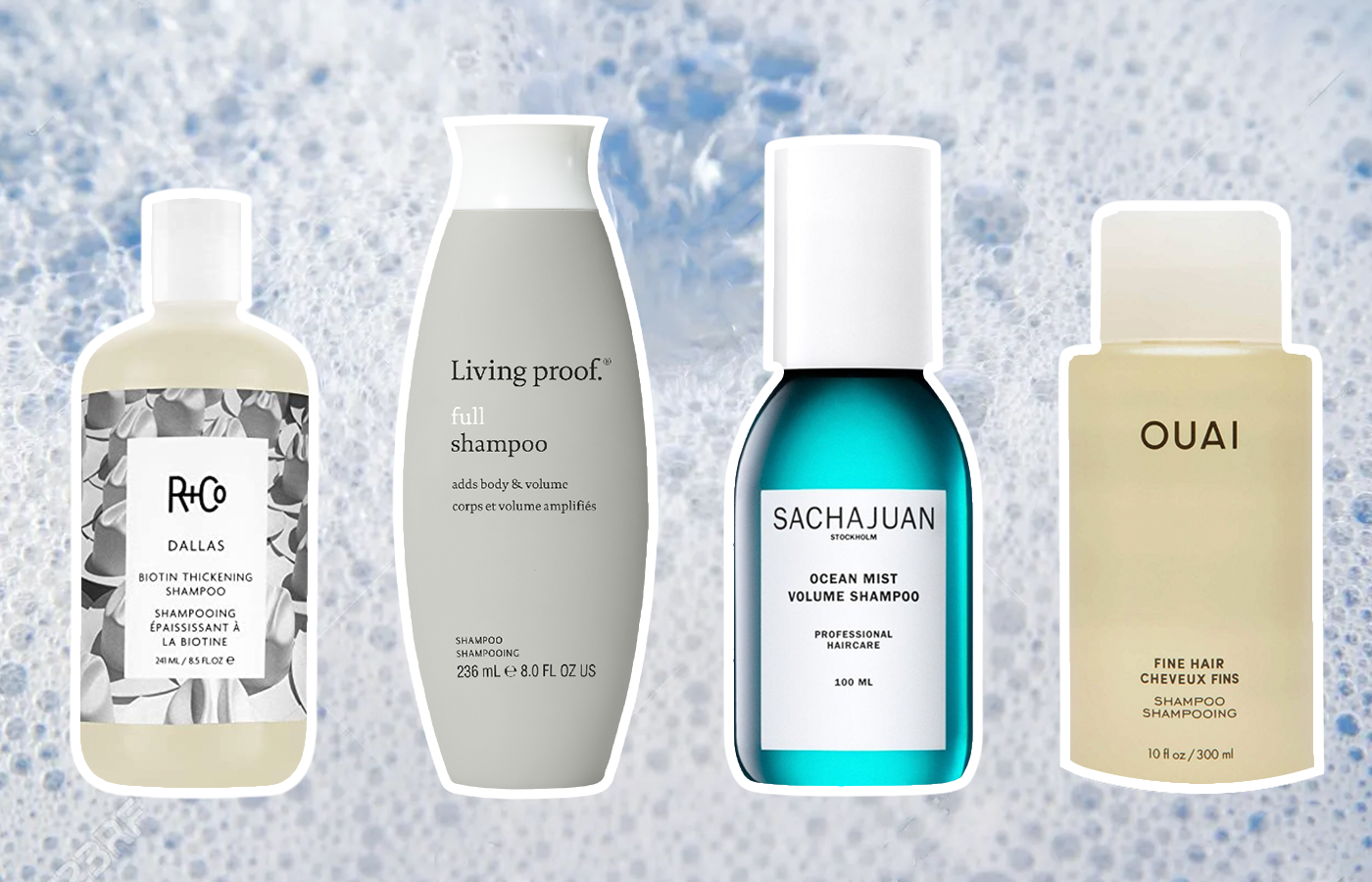As you get older, you find out haircare routines are a little more complicated than lather, rinse, repeat. Suddenly you're 2 hours deep in Sephora product reviews, but still don't really understand what “Intensive Bond Builder Treatment” is.
This goes for even the more basic of steps in hair care: hydrating and moisturising hair. what does hydrate hair mean? Does that just mean moisturize? What does conditioner do then? And then there’s deep conditioning treatments?
We get it. And yeah, it sounds complicated. But, once you understand the anatomy of your hair, you won't ever get them confused again.
Read Next: How to Hydrate Hair After Bleaching
What Does "Hydrate Hair" Mean?
Hydration is an inside job. And that’s the big difference between hydration, moisture, and conditioning. To “hydrate hair” means to penetrate the internal layers of your hair with moisture content, thus improving water absorption and retention.
Here’s a what your hair fiber looks like:

- The Medulla: innermost, deepest layer of hair
- The Cortex: middle layer, covers the medulla
- The Cuticle: outermost, thinnest layer of hair (this layer protects the other layers)
Humectants, proteins, amino acids, and nourishing vitamins are all hydration heroes that penetrate the medulla and cortex. Most notably: humectants. But, before you go about life thinking that’s all you came for, we need you to know that hydration and humectants are tricky.
Humectants allow your hair to absorb water from the air and from the products they’re included in. Sounds amazing for hydration, right? Well, when there’s a high moisture content (or dew point) in the air, hair is getting way too much moisture which causes frizz!
Hair is pulling in a ton of water from the air and it’s causing your hair shaft to swell, frizz, and damage. Alternatively, if the air is really dry (has very low humidity), humectants can dispel moisture into the air causing dryness.
FYI: If you’ve heard of anti-humectant to combat frizz, they work by blocking moisture from being pulled in from the air.
So, what about all that hydration we crave? How do we get that in there, without getting too much? That’s where moisturising hair comes in.
The Difference Between Hydrating and Moisturising
As we know, hydrating the hair means to infuse and improve the absorption of water and nutrients of the innermost layers of strands. In order to delay moisture release AND block more moisture from coming in, we need to moisturize!
Moisturising hair means using emollients, oils, and butters to coat the outer surface of hair fibers. If the word “butter” was any indication, these are heavier agents that don’t seep down to the cortex of strands. Instead, they seal and lock down the cuticles so unwanted moisture can’t get in and all your precious hydration can’t get out.
To recap: first you hydrate the inner layers of the hair fibre to hydrate and nourish the hair from within, then you seal and lock down the hair shaft with a moisturizer to condition the outside, while keeping moisture within.
Read Next: Castor Oil Benefits for Hair and The Hair Masks To Reap Them
What Does Conditioning Hair Mean?
As we’ve seen, hydrating and moisturising is a package deal that work more independently than interchangeably. As for conditioning hair, this aids in reducing friction and softening hair.
Like anything that “conditions”, conditioner and its lighter, leave-in conditioner counterparts help give the outer layer a softer feel and look. Many conditioners are moisturising, but less of them are hydrating as they are usually quite heavy.
Some mega formulas are able to moisturize and hydrate which gives an overall conditioned look to hair too! They’ll contain mild humectants for inner moisture plus emollients to seal the outside.
So, in the case of conditioning vs. hydrating vs. moisturising, “conditioning hair” speaks more to the look and feel of the hair; it’s a bit of a catch-all for moisturising and hydration. That doesn’t mean they’re a 2-for-1 and should be two different endeavours.
Think of it like BB cream or a tinted moisturizer: these moisturize the skin and give you some coverage. But, you’d never use a BB cream as your source of skin cream would you? If you wanted to actually moisturize skin AND cover blemishes, you’d use a face cream AND THEN a foundation.
Love reading about haircare? Read these next:
